As we head into warmer months, we also approach an abundance of fresh fruits and vegetables. Health experts agree that making half of your plate (or bowl) fruits and vegetables is beneficial for lowering blood sugar, blood pressure, and cholesterol levels, and preventing certain cancers, diabetes, heart disease, and more. If you have any of these health conditions, eating more plant-based foods can also help you to manage these conditions and prevent other long-term health problems.
Although most of us realize the benefits of eating more fruits and vegetables, lack of cooking skills, lack of convenience, and increasing cost make getting enough of these foods a challenge. Many families also avoid or limit these foods because they worry they will go bad before they can use them.
Here are some tips to take advantage of the seasonal produce available at Birch and stress less about food waste.
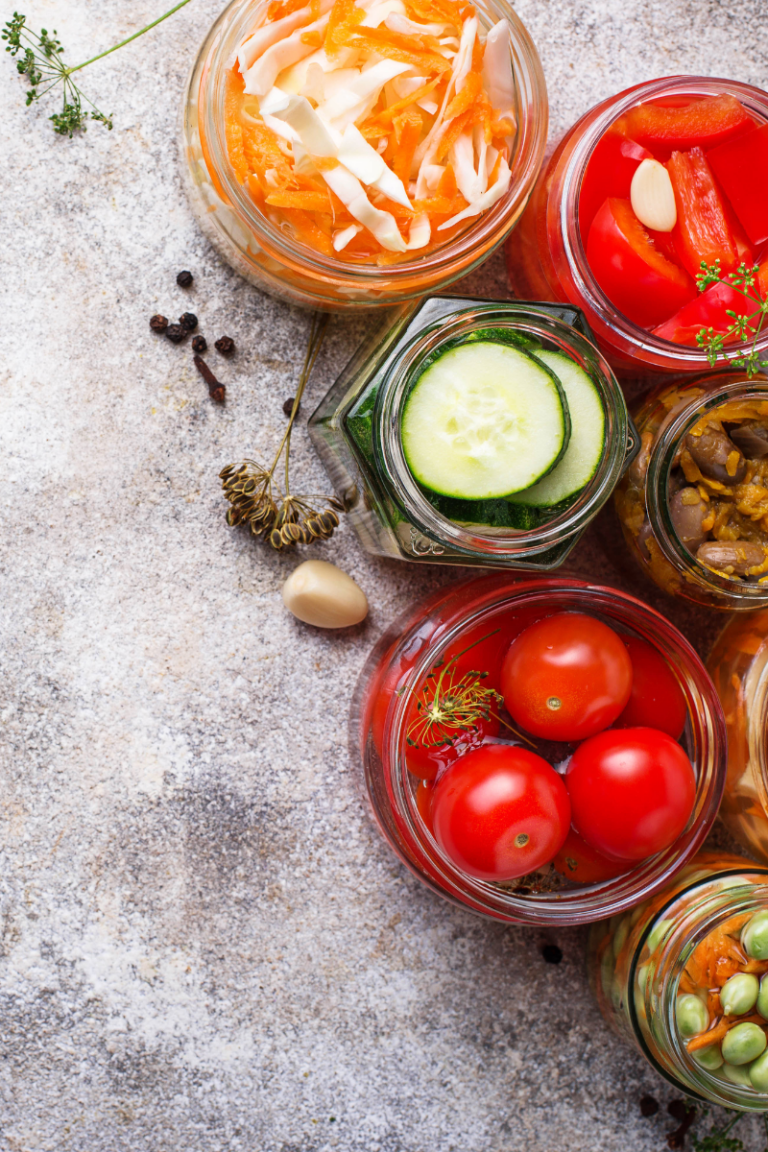
1. Revive Your Veggies.
Much like flowers, giving veggies with a stalk, stem, or bunch a fresh cut under water can do wonders for
bringing back that crunch we look for in our fresh veggies. After removing dead outer leaves or discolored
portions, cut a thin slice off the bottom of romaine lettuce, kale/other greens, cabbage, celery, broccoli/broccolini, asparagus, parsley, or cilantro and then place in a bowl of cold water and watch them
transform! After sitting in water for an hour or so, you can shake it dry and place it in a bag or other container with a few paper towels to absorb excess moisture. This will significantly improve the texture of the vegetable and extend its shelf life as well.
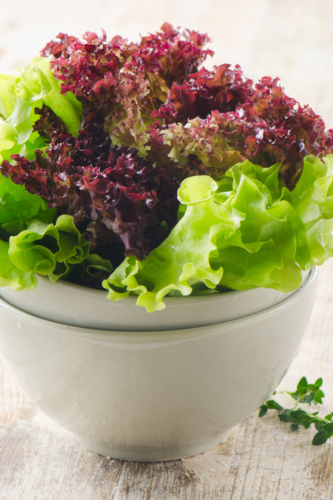

2. Freeze Extra Fruit.
We often have access to more fresh fruit in the summer months, so freezing some while it is in season and
available can help you continue to enjoy fruit through the winter. For smaller fruits like berries and grapes,
simply rinse and dry before freezing. Wash, peel, and chop pineapples, mangos, bananas, or other larger fruits into 1-inch chunks. To avoid all fruit freezing together in a big clump, line a shallow baking pan with parchment or wax paper and lay the fruit in a single layer. Freeze uncovered until frozen (about 12 hours). Once frozen, transfer to a freezer-safe container and enjoy for 6-12 months after freezing!
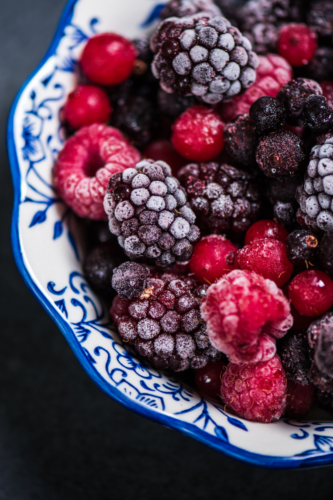

3. Don’t Forget Refrigeration.
It may sound simple, but many people store some fruits and vegetables at room temperature. Although this is a perfectly good way to store these foods if you are eating them right away, things like bananas, avocados,
tomatoes, citrus, and stone fruits (apples, pears, peaches, etc.) often only last a week at room temperature. Forget the fruit bowl and store fruits and veggies in the fridge to help them keep for several weeks (or even months for things like root vegetables).
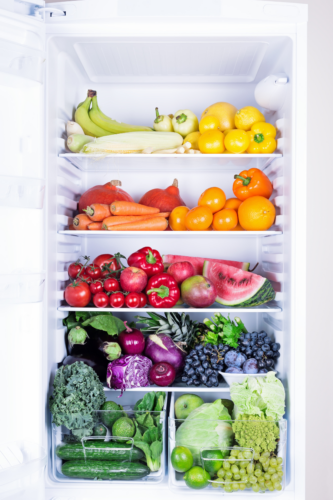

4. Blanch and Freeze Extra Veggies.
Instead of slowly watching your vegetables wilt away, consider freezing them to preserve nutrients and take the pressure of eating them before they spoil out of the equation. To freeze vegetables, wash and cut them to the desired size. Make sure all the pieces are roughly the same size. Bring water to a boil and add vegetables for two to three minutes. Remove from heat, drain, and plunge immediately into ice-cold water. Once cooled, drain well on a towel, removing as much excess liquid as possible. Transfer to a freezer-safe container and enjoy for 6-12 months.
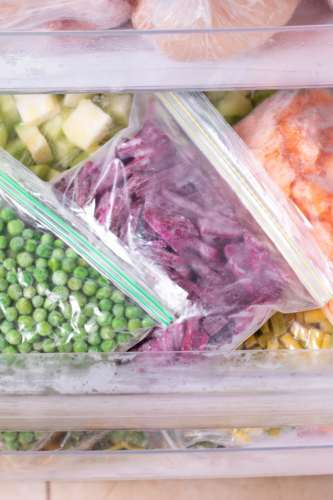

5. Try Fermenting or Canning.
Although it may sound daunting to someone who has never tried canning or home-fermenting before, it is
surprisingly simple and a great way to take advantage of a surplus of fruits and vegetables without taking up
space in the fridge or freezer. Check out the resources below for tips on getting started with canning, pickling, and home-fermentation.
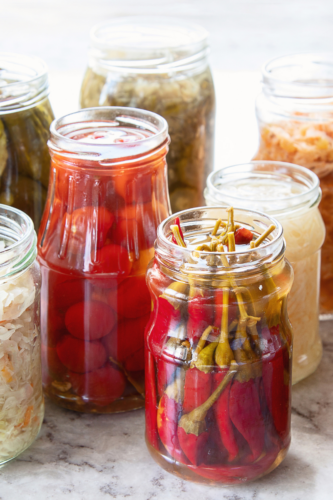

Remember…
Remember, small changes over time can add up to big improvements in your health. Talk with your family, and set goals that you can all work together to achieve.
For example, make a goal to try one new fruit or vegetable from Birch each week, try a new recipe every Friday night, or recruit your kids to help with the planning or preparation of meals. Cooking and eating together not only encourages healthy eating but provides an opportunity for bonding and learning for your family. Eating family meals together as much as possible contributes to stronger family connections, and saves you the money you would spend going out to eat. And when everyone works together, it makes it easier for the whole family to enjoy a delicious and nutritious meal.
- https://catalog.extension.oregonstate.edu/topic/nutrition-and-foods/food-preservation-and-storage
- https://extension.oregonstate.edu/food/preservation
- https://nchfp.uga.edu/#gsc.tab=0
- https://www.nifa.usda.gov/about-nifa/blogs/usdas-complete-guide-home-canning
- https://blogs.cdc.gov/publichealthmatters/2021/07/home-canning/
